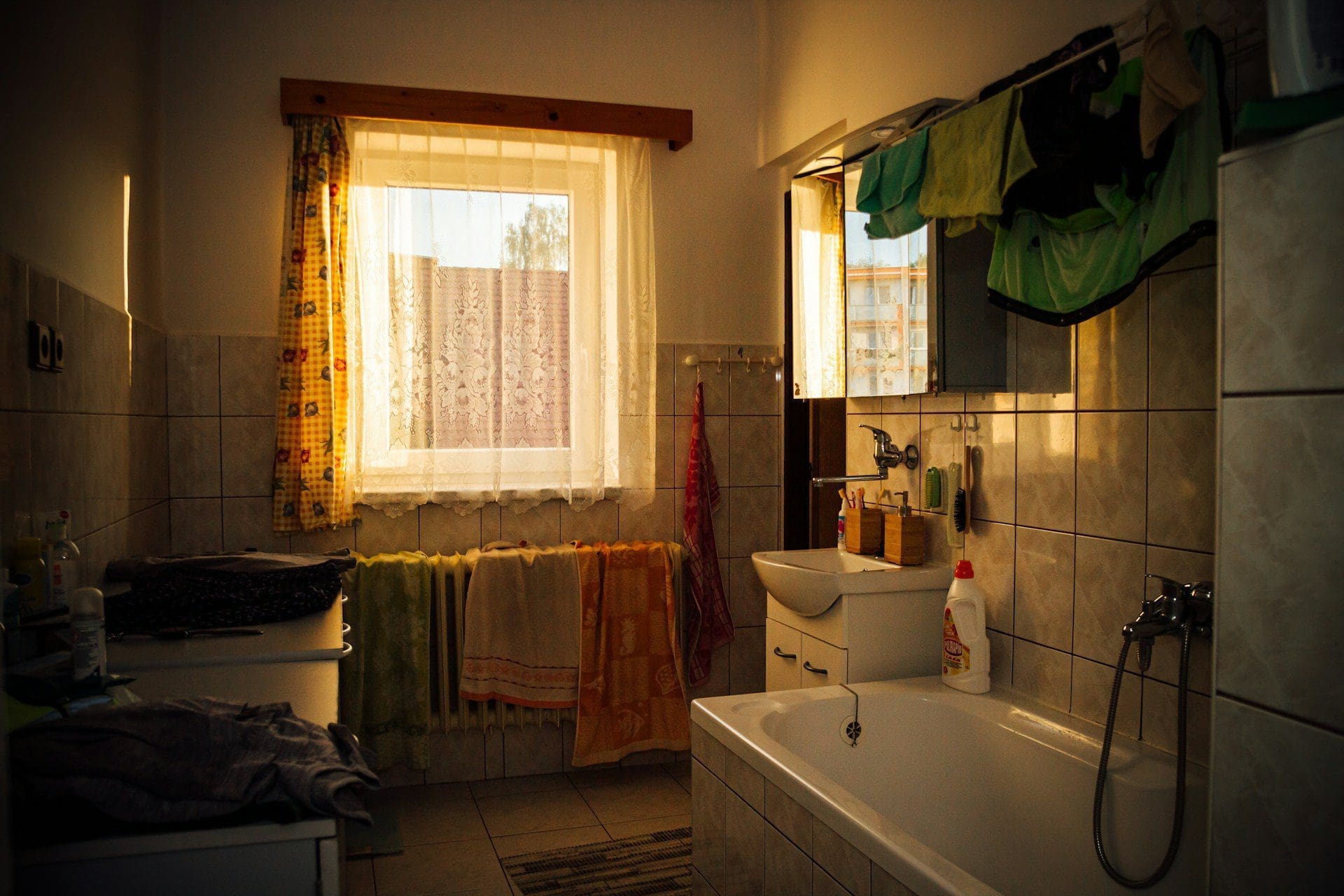Bathrooms are among the most frequently used spaces in any home, and they endure a lot of wear and tear. Deciding when to renovate can be challenging, especially if your bathroom still functions. However, several signs can indicate it’s time for an update. Here’s how to tell when a bathroom renovation is due and what to consider along the way.
1. Outdated Design and Fixtures
If your bathroom feels like a step back in time, it may be time for a renovation. Trends in bathroom design evolve, and what looked stylish a decade ago might not fit your tastes today. An outdated design can make the bathroom feel uninspiring and clash with the rest of your home’s decor. By updating fixtures, finishes, and layouts, you can modernize the space, enhancing both its aesthetic and functional appeal. Simple changes, such as replacing old faucets, installing a new vanity, or updating lighting fixtures, can make a big difference without a full remodel.
2. Lack of Storage or Space
If your bathroom feels cramped or lacks sufficient storage, it might be time for an upgrade. Families grow, and bathroom storage needs often increase with them. If toiletries, towels, and other essentials are cluttering your countertop or overflowing onto the floor, consider adding more storage space. Modern vanities with built-in organizers or wall-mounted shelves can keep your bathroom tidy and functional. Expanding a small bathroom or optimizing an existing layout can make the space feel much larger without increasing the room’s footprint.
3. Plumbing Issues or Frequent Repairs
Recurring plumbing issues are a clear indicator that it’s time to renovate. Small leaks, rusted pipes, or persistent clogs may be manageable on their own, but together, they can signal a more extensive plumbing problem. Old plumbing is not only inefficient but can also lead to water damage that affects walls, floors, and fixtures. A bathroom remodel offers a chance to upgrade outdated plumbing and reduce the risk of leaks or water damage. Addressing these issues in a renovation can save you the hassle and cost of constant repairs in the future. To ensure the work is done to the highest standard, consider hiring the most trusted bathroom renovations Sydney offers, known for their expertise in handling complex plumbing issues and providing lasting solutions.
4. Signs of Mold and Mildew
Bathrooms are naturally damp spaces, making them susceptible to mold and mildew growth. If you notice persistent mold or mildew stains, particularly in hard-to-reach areas, your bathroom might need an overhaul. Poor ventilation or improper waterproofing can create a humid environment that promotes mold growth, which can lead to respiratory problems and other health issues. Adding a high-quality exhaust fan and using mold-resistant materials during a renovation can help prevent these issues from recurring.

5. Water Damage and Stains
Water damage can result from leaks, poor plumbing, or inadequate ventilation. If you see peeling paint, warped floors, or stained walls, water damage may already be compromising the structure of your bathroom. Over time, water damage can weaken floorboards, cabinetry, and even walls. Addressing water damage in a renovation allows you to repair and reinforce these structures, restoring the bathroom’s appearance and functionality. Waterproof materials and coatings can prevent future water damage and ensure your bathroom remains in good condition for years.
6. Energy Inefficiency
Older bathrooms often lack energy-efficient fixtures, which can lead to high water and energy bills. Outdated toilets, showerheads, and faucets may use more water than necessary, while incandescent lighting can consume more electricity. Upgrading to energy-efficient fixtures like low-flow toilets and LED lighting can reduce water and energy usage. These small changes can add up over time, saving you money on utility bills and reducing your environmental impact. An energy-efficient bathroom not only benefits the planet but also adds value to your home.
7. Uncomfortable Layout
A poorly designed bathroom layout can make it challenging to use the space effectively. If your bathroom layout doesn’t suit your needs or lifestyle, it might be time for a renovation. Common layout issues include cramped or awkward spaces, limited counter space, and poor accessibility. A redesign can help improve flow, create more functional zones, and make your bathroom more accessible. This is especially important if your needs have changed or if you plan to age in place. Remodeling can make your bathroom more comfortable and convenient for everyone.
8. You Plan to Sell Your Home Soon
Renovating your bathroom before selling can increase your home’s appeal to potential buyers. A clean, modern bathroom is a major selling point, and buyers are often willing to pay more for a home with updated bathrooms. By addressing cosmetic and functional issues, you can enhance the value of your property and increase its marketability. Even minor updates, like new tiles, fresh paint, or updated fixtures, can make a positive impression on buyers and set your home apart from others.
Knowing when to renovate your bathroom is about recognizing the signs that it’s no longer meeting your needs or living up to its potential. From outdated design and inadequate storage to water damage and energy inefficiency, a range of issues can indicate it’s time for an upgrade. Renovating can transform your bathroom into a more functional, efficient, and aesthetically pleasing space, enhancing your daily experience and adding value to your home. By keeping an eye on these key signs, you’ll know when the time is right to give your bathroom the attention it deserves.


